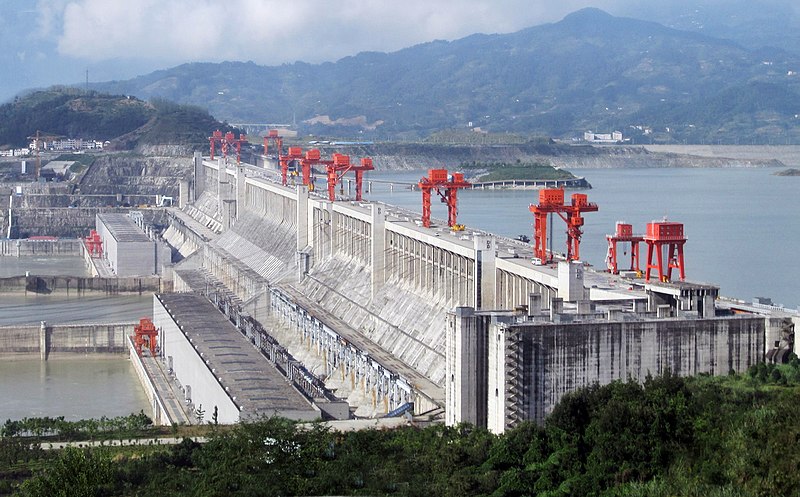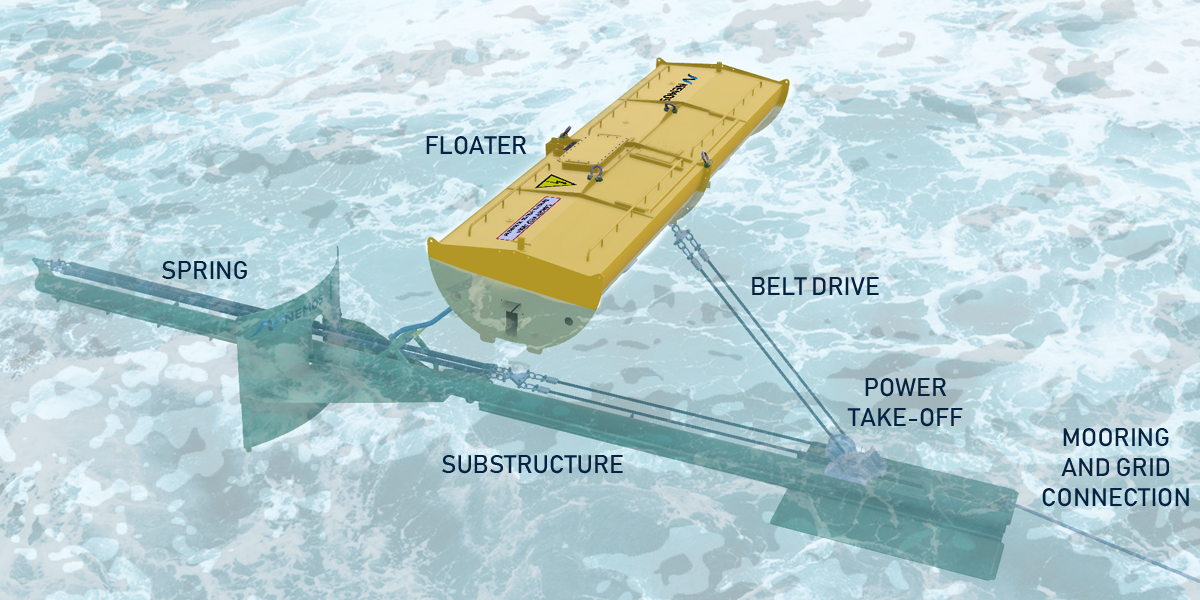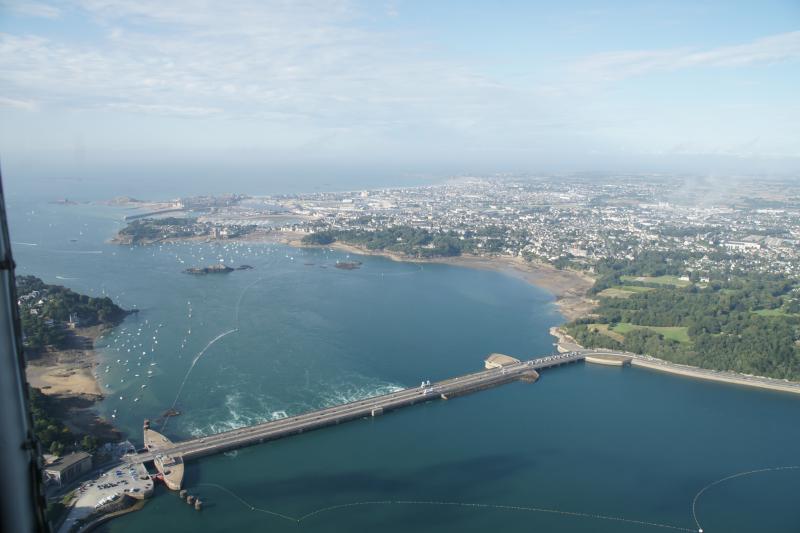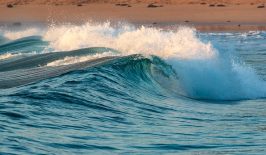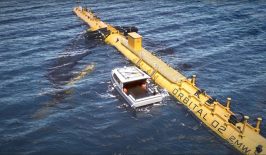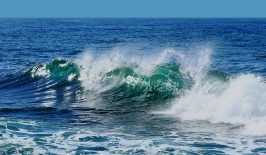Hydropower, like wind, has been around for millenia. Water wheels were used to grind corn since at least 4000 BC, while more recently they were used to power sawmills up until the late 1880s. In fact, the use of hydropower for electricity generation is also surprisingly old, with the first hydroelectric power dams also springing up in the US in the 1880s.
Since then, hydropower has become the biggest supplier of renewable energy worldwide, providing around 4500 terawatt hours of power – roughly one-sixth of the global total. That is more than all solar, wind and other renewables combined. The vast majority of this is provided by large industrial hydroelectric dams on major rivers. Some of these power stations can generate a huge output. The world’s largest dam, the Three Gorges Dam on the Yangtze in China has an output of 22,500 megawatts in ideal conditions – that’s about 10 times more than the world’s largest solar power plant, also based in China.
The huge potential of hydropower means some states, such as Norway, can produce up to 90 percent of its electricity from hydropower alone. However, these statistics are not always as they seem. Although hydropower is spreading across the Global South, much of the rest of the world is moving away from it. In 1950, 30 percent of US power was generated by hydro, now it’s only around 6 percent. In 1965, 98 percent of global renewable energy was provided by hydropower, in 2020, that figure was 57 percent.
Of course, part of this reduction is the expansion of other renewable energy sources, but there has also been an increased understanding of the limitations of traditional hydroelectric dams. Firstly, their use is highly situational and dependent on ideal local environmental factors. The multiplicity of steep valleys and fjords in Norway makes it ideal for hydro dams, other states are not so lucky. This also means it is difficult to scale. As more and more of those ideal locations are used up, hydropower hits a plateau.
Damming also results in large scale environmental change. Although the reservoirs created can be useful to humans, they upset the natural cycle and disrupt wildlife. Only now are researchers starting to understand the impact of damming on fish populations. But damming also creates human tension. New projects in the Global South, such as along the Mekong, Congo and Tigris rivers, reduces water flow and restricts access to water for those downstream. This increases friction between nations and communities with some security experts already predicting future “water wars”.
But hydropower is not limited to large dams alone. There are around 620,000 kilometres of coastline across the world, and 2.4 billion people live close to it. Add in the countless kilometres of river bank, and there is still plenty of space to harness hydropower. Unlike dams, however, these alternatives often rely not on rushing rivers, but changing tides and crashing waves.
Changing Tides
Tidal power relies on generating energy through the motions of the tides, both on the coast and in rivers. They come in a few different varieties, including tidal turbines and tidal barrages. Tidal turbines resemble wind turbines both in appearance and design. Arranged on the sea floor or in floating arrays, the movement of the tides rotates the blades and generates electricity. Turbines can also be placed in tidal streams to generate power from the natural current.
Barrages operate like traditional dams, but are built around tidal rivers, estuaries and bays. As the tides rise, they fill with water creating a tidal basin. When the tide has dropped, the water is released through a system of turbines. As a result, power is generated in both directions.
Waves are also tremendously powerful and this power can also be harnessed to generate electricity. Currently there are many different approaches to doing this. One German startup, Nemos, is experimenting with floating platforms attached to generators via cables and springs. Other methods include artificial reservoirs which concentrate the power of waves onto turbines, underwater membranes which generate power via differences in pressure, and waves which drive air through generators.
These sources of hydropower have some important advantages. Firstly, water is denser than air, and so tidal turbines will generate more electricity than equivalent sized wind turbines. Secondly, tidal and wave power is much more consistent and easy to predict. Tidal and wave power is also theoretically less restricted in terms of location than hydroelectric dams. According to the European Commission, the global potential of tidal power is around 150-800 TWh a year – a large, if slightly imprecise, estimation.
However, tidal power has only been used on a relatively small scale – until now. In 2016 work began on the world’s largest tidal power plant off the Orkney Islands in Scotland. The MeyGen project, which is still under construction, hopes to install 269 turbines under water to potentially power 175,000 homes. Unfortunately, as of 2022 only a fraction of these turbines have actually been installed, with only four turbines operational. In 2019, these produced around 13.8 GWh, enough to power around 3,800 homes. Ultimately, by 2023, the MeyGen project hopes to have 15 operational turbines.
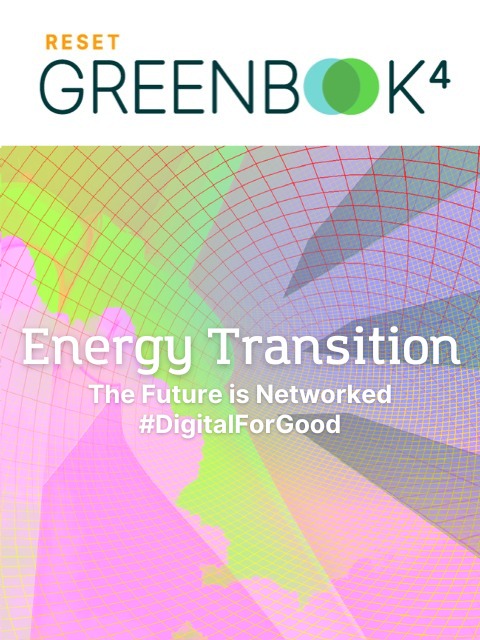
The 1.5 degree target is unattainable without a real transformation of our energy system. But how can it succeed? What are the energy sources of the future? What digital solutions are ready and where are innovations needed? And how can the transformation be driven forward?
The RESET Greenbook “Energy Transition – The Future is Networked” presents digital, innovative solutions and sheds light on the background.
Installing each turbine is not a simple task. Each turbine is located on an individual foundation weighing between 250 and 350 tonnes, which is coupled with six ballast blocks weighing 1,200 tonnes. Furthermore, each turbine is then connected to a dedicated subsea array cable laid directly onto the seafloor and brought ashore via horizontally drilled boreholes.
The Challenges of Tidal Power
These extensive marine engineering requirements present to us the major challenge with tidal power: expense. Compared to wind and solar, tidal power cannot compete on an economic basis. For example, the proposed Swansea Bay Tidal Lagoon project in Wales, UK, is estimated to cost 1.3 billion GBP (1.67 billion USD). A large solar park, such as the Tengger Desert Solar Park, may cost only a third of this amount, and produce more electricity as a cheaper rate. Furthermore, a tidal power plant can be anywhere from two to nine times more expensive than an offshore wind farm. According to 2019 figures from the US Department of Energy, the average commercial tidal power project costs around 280 USD per megawatt hour. Wind energy, by comparison, currently costs roughly 20 USD per megawatt hour.
There are also additional complications with tidal power. Although much of the world is coastline, only a small portion of it will be suitable for tidal power. The expense of tidal projects means only locations guaranteed to produce a reasonable amount of power are likely to be used, rendering much of our coastline unsuitable. To be most cost-effective, tidal power must be installed on coastlines which feature a large divergence between high and low tide. Then there are also environmental concerns. Coastal marine habitats are some of the most fragile, with many already under threat.
But tidal energy does have some factors to its advantage. One major challenge for offshore wind farms is maintenance requirements and costs. Although tidal farms also require regular maintenance, they are located closer to the shore and generally enjoy longer lifespans. The La Rance tidal plant in France (pictured above) has been in operation for 53 years, while the Jiangxia tidal plant in China has been going for over 40. Comparatively, wind farms only have a roughly 25 year lifespan. Some tidal barrage equipment has been estimated to last for up to 100 years without major replacement.
Ultimately, despite the long history of hydropower, its tidal and wave variants are still somewhat new and unexplored. Although experimentation on the topic continues, costs will continue to be high while uptake is low. The poor comparison of tidal power to wind and solar is largely due to the fact there has been much less investment into tidal power in terms of research and development. Some experts suggest tidal power could be up to two to three decades behind wind and solar in terms of scale and adoption. As was the formerly the case with both solar and wind, the high costs of tidal power are likely linked to its overall low adoption. If more resources and attention were applied to the sector, costs would likely reduce as technology and competition increase. In the long term the reliable potential of tidal power could ultimately make it one of the more effective renewable energies, both in terms of output and cost.

